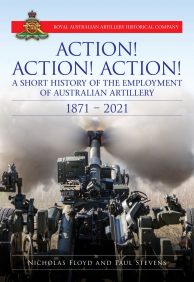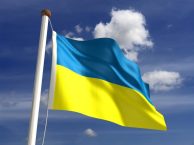
The national service scheme, 1964-72
Appendix from Peter Edwards, A nation at war : Australian politics, society and diplomacy during the Vietnam War 1965–1975: the official history of Australia’s involvement in Southeast Asian conflicts 1948-1975, volume VI, Allen & Unwin, Crows Nest, NSW, 1997
The National Service scheme was introduced by the Menzies Government in November 1964 and operated until December 1972, when the newly elected Whitlam Labor Government suspended it. The scheme was based on a birthday ballot of twenty-year-old men who had registered their names with the Department of Labour and National Service (DLNS). If balloted in, these men were called up to perform two years’ continuous full-time service in the Regular Army Supplement, followed by three years’ part-time service in the Regular Army Reserve. National servicemen on full-time duty were liable for what was called ‘special overseas service’, which included combat duties in Vietnam. When the scheme was introduced the Government planned to raise 4200 servicemen during the second half of 1965, then 6900 annually thereafter. This would create the desired Army strength of 37 500 full-time soldiers. In August 1965 Menzies announced that from 1966 the annual intake would be maintained at 8400 (two intakes of 4200), resulting in an Army strength of 40 000. He explained that the Government’s decision had been made ‘in the light of the successful introduction of the national service scheme and bearing in mind all the various commitments, at home and abroad, which our forces might be required to undertake’.
CLICK LINK to continue reading
Appendix: The national service scheme, 1964-72 | Australian War Memorial (awm.gov.au)





The media and too many non-military folks of the time continue to state that the National Service 1964-1972 Act was passed because of service and participation in the Vietnam War. This was not the case, Australia was deeply involved in a nondeclared war with Indonesia called “The Confrontation” and NS was to increase the army from an effective Brigade to a Divisional force three times the size.
In April of 1965, the government sent 1RAR and other supporting elements to Vietnam that became part of the 173rd Airborne Bde and the 1st NS intake was to enter the army in June.
The Confrontation ended and Vietnam had started so the 1964 NS ACT remained, in June of 1965 the 1st intake entered the army completing recruit training by September, and individuals were assigned to units for Corps training. Those assigned to the Infantry moved to 5 and 6 Battalion did the Corps training and subsequently served in South Vietnam with the 1ATF in Phouc Tuy province from 1966 to 1967.
The information needs to be promulgated in all AWM publications so that the military /political history of that time is well known to the Australian people, and, especially all media agencies.
You missed a bit Bob, some of the first Nashos were sent to 4 RAR in Borneo in 1966. What a brilliant bunch of well trained officers and soldiers. They served well and did a great job. Some of them even stayed in such was the mateship and that applies to all.
A load of rubbish!
When I was discharged on 26th January 1973 I was informed I was on the Reserve List for 7 YEARS
So much conflicting information that surfaces from time to time about NS more so from those who were never conscripted.
By the way the 1960’s NS scheme was for twenty four months (with an additional two years in the Reserve) and then cut back to eighteen months (with an additional two and half years in the Reserve).
To my knowledge not one NS in this Scheme was ever recall during those periods. If so, I’d love to sight the proof.
As an ex Nasho I dispute the birthdate claim as a means to recruit individuals, the 4th intake of April 1966 consisted of many tradesmen who had completed an apprenticeship commenced in 1961 completed by end of 65 and had been deferred until completed. The Army was desperately short of Tradesmen so to fill the need included the trades required by the formation of new unit/Battalions etc. My reasoning is that I never met anyone else with the same birthdate as mine during Recruit, and Corps Training or serving in the 3 units after. I was discharged April 68.